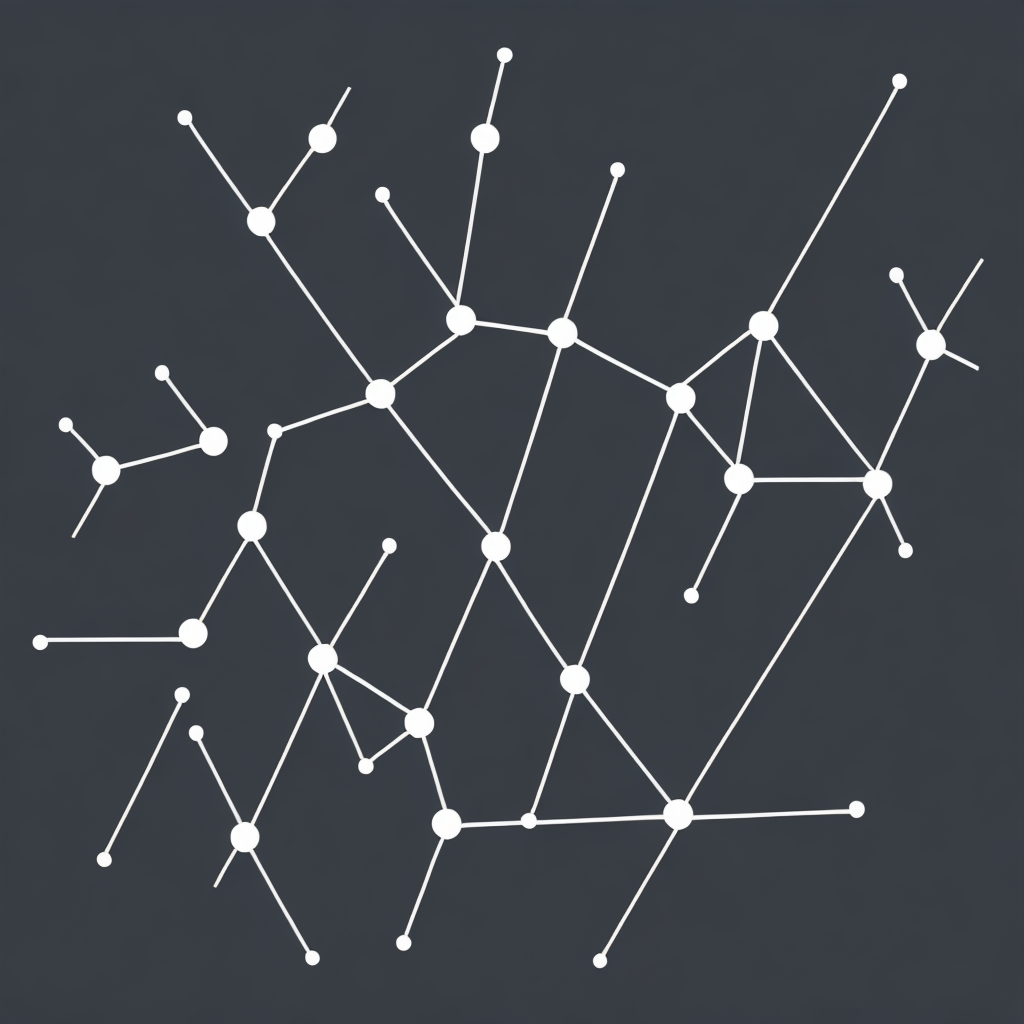Unlocking the Power of Knowledge Graphs: Maximizing Insights and Enhancing Decision-Making in the Age of Big Data
As the volume of data continues to skyrocket, the need for advanced information management systems becomes increasingly evident. In the era of big data, traditional data management approaches are insufficient in making sense of the overwhelming amount of information available, while knowledge graphs stand as a powerful solution to address this challenge. Knowledge graphs, as structured representations of data, connect entities through relationships and properties, enabling a more insightful exploration of data and enhancing decision-making processes.
### Definition of Knowledge Graphs
A knowledge graph is a digital model designed to capture, represent, and describe real-world aspects and scenarios. It does so by organizing entities into various nodes, such as people, places, organizations, and events, and connecting them using edges to represent relationships like “works for,” “occurs in,” or “located in.” This structure allows for a more intuitive and holistic exploration of data compared to traditional tables and databases.
### The Key Benefits of Knowledge Graphs
1. **Enhanced Insights**: Knowledge graphs enable deeper insights by allowing users to ask complex, chained questions and receive multi-dimensional answers. Instead of querying individual data points, users can explore relationships and connections across the graph, revealing patterns and insights that were previously hidden.
2. **Improved Decision-Making**: With a comprehensive view of the relationships and historical data, knowledge graphs support more informed decision-making. Decision-makers can consider a wide range of factors when assessing potential outcomes, reducing the risk of biases and misinformation.
3. **Increased Efficiency and Scalability**: Knowledge graphs are designed to handle large datasets efficiently. They leverage sophisticated algorithms and data structures, such as graph databases and semantic search, to ensure quick access and retrieval of information. This scalability ensures that knowledge graphs can support growing datasets without a steep increase in complexity.
4. **Interoperability**: Knowledge graphs facilitate the integration of data from different sources and domains, enhancing data interoperability. This is crucial for businesses that operate across multiple industries or datasets, as it enables the blending of data to support innovative workflows and applications.
### Applications in the Age of Big Data
In the realm of big data, knowledge graphs have numerous applications across various sectors:
– **Healthcare**: Knowledge graphs can be used for personalized medicine, analyzing patient data to identify treatment patterns, predict outcomes, and create customized therapies based on patient profiles and genetic data.
– **Finance**: In finance, knowledge graphs can help detect anomalies, predict market trends, and identify fraudulent activities by connecting financial transactions, entities, and behaviors.
– **Retail and E-commerce**: Knowledge graphs can enhance customer experiences by recommending products based on purchase history, browsing patterns, and related items, improving customer satisfaction and loyalty.
– **Research and Development**: Academia and R&D organizations benefit from knowledge graphs in formulating research questions, identifying gaps in knowledge, and exploring new collaborations through connections among researchers and projects.
### Challenges and Considerations
While knowledge graphs offer significant advantages, implementing them presents challenges such as data standardization, ensuring semantic consistencies, and managing dynamic updates. Scalability and performance with very large datasets also require careful consideration and optimization.
### Conclusion
In the age of big data, where the sheer volume of information exceeds our ability to process it manually, knowledge graphs offer a powerful tool to unlock insights, enhance decision-making, and drive innovation. Through their ability to represent complex relationships and connections among entities, knowledge graphs facilitate a more profound understanding of data, making them invaluable in sectors where decisions are complex and data-rich environments. As technology advances, the integration of artificial intelligence and machine learning into knowledge graph systems will likely further expand their capabilities and impact.
### Call to Action
Businesses, organizations, and researchers should consider incorporating knowledge graph solutions into their data management and analysis strategies. By harnessing the power of knowledge graphs, they can unlock new opportunities for insight generation, decision-making, and innovation, ultimately driving competitive advantage in the data-driven era.
